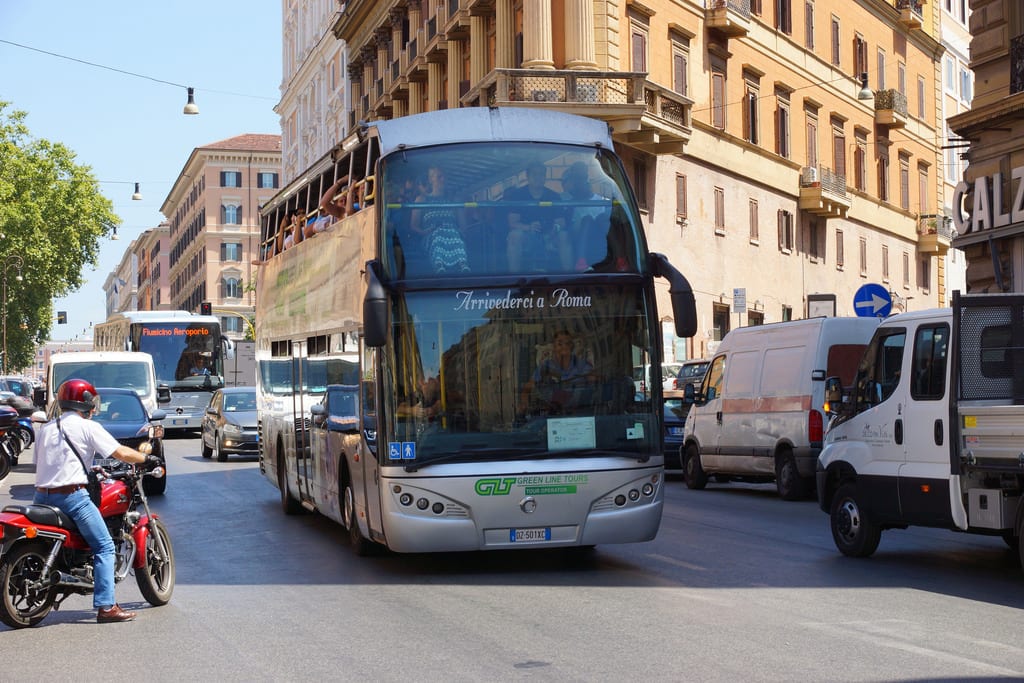Rome Tour Bus Restriction Stirs Europe's Latest Overtourism Controversy

Skift Take
Tour buses bring thousands of people to Rome each day, but many increasingly run on cleaner fuels than their passenger car counterparts. Buses also replace some of those cars and probably know the traffic laws better than the average driver, another reason that has us scratching our heads at Rome's plan.
Bus tours are popular because they reduce walking and exhaustion while bringing travelers to the doorsteps of popular attractions while handling logistics. But Rome is about to upend that equation with a new regulation aimed at curtailing overtourism, prompting fears among many tour operators that the restrictions will cause tourism businesses to take a hit.
The regulation, set to take effect January 1, will essentially limit where tour buses can go and how many can visit the city center. Roma Mobilità, the city's transport department, is creating three bus zones with different time restrictions and replacing tour bus annual passes with multi-entry tickets.
The city intends to ease congestion by limiting tour buses in its ancient city center —one of Europe's most popular destinations — but some tour operators argue the regulation is counterproductive as tour buses hold dozens of people and replace multiple cars.
Zone C, which includes much of the ancient city center and attractions s
